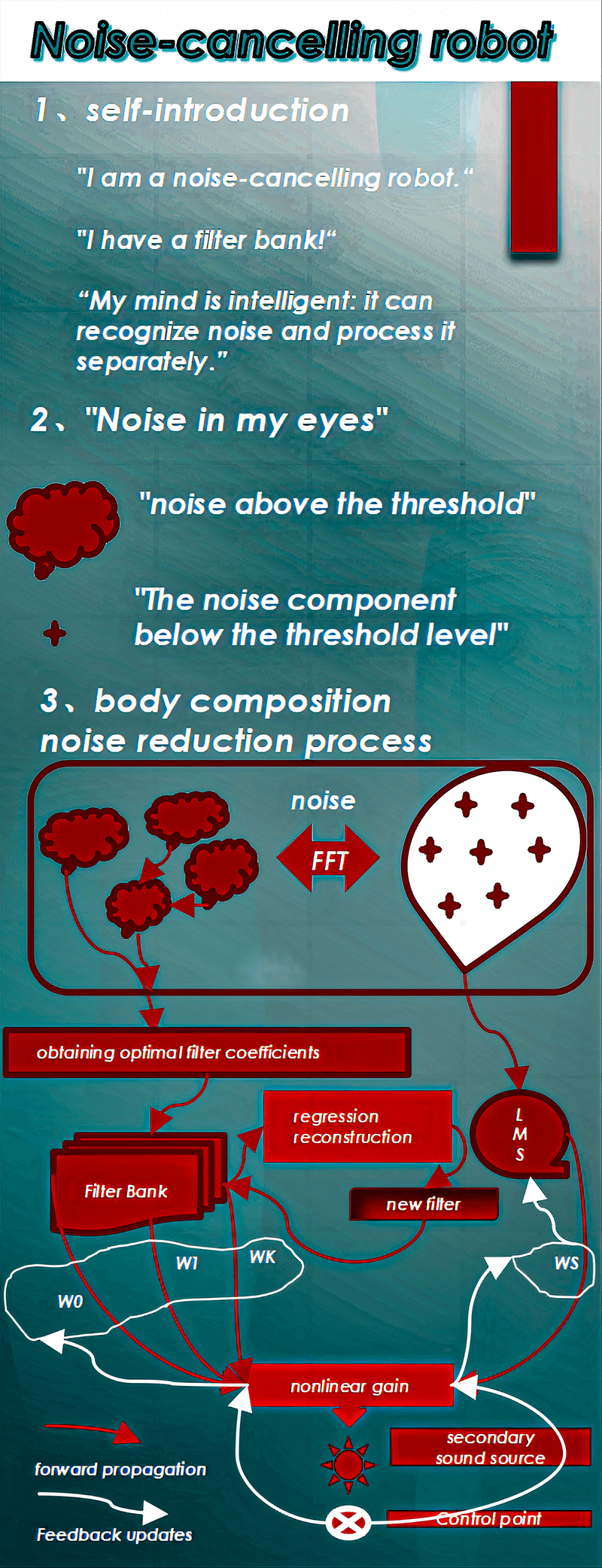 Open Access
Open Access
ARTICLE
Research on Narrowband Line Spectrum Noise Control Method Based on Nearest Neighbor Filter and BP Neural Network Feedback Mechanism
1 State Key Laboratory of Hydraulic Engineering Simulation and Safety, Tianjin University, Tianjin, China
2 School of Civil Engineering, Tianjin University, Tianjin, China
3 Library, Chinese People’s Public Security University, Beijing, China
4 Beijing Aerospace Institute for Metrology and Measurement Technology, China Academy of Launch Vehicle Technology, Beijing, China
* Corresponding Author: Jun Tang. Email:
(This article belongs to the Special Issue: Passive and Active Noise Control for Vehicle)
Sound & Vibration 2023, 57, 29-44. https://doi.org/10.32604/sv.2023.041350
Received 19 April 2023; Accepted 27 July 2023; Issue published 07 September 2023
Abstract
The filter-x least mean square (FxLMS) algorithm is widely used in active noise control (ANC) systems. However, because the algorithm is a feedback control algorithm based on the minimization of the error signal variance to update the filter coefficients, it has a certain delay, usually has a slow convergence speed, and the system response time is long and easily affected by the learning rate leading to the lack of system stability, which often fails to achieve the desired control effect in practice. In this paper, we propose an active control algorithm with nearest-neighbor trap structure and neural network feedback mechanism to reduce the coefficient update time of the FxLMS algorithm and use the neural network feedback mechanism to realize the parameter update, which is called NNR-BPFxLMS algorithm. In the paper, the schematic diagram of the feedback control is given, and the performance of the algorithm is analyzed. Under various noise conditions, it is shown by simulation and experiment that the NNR-BPFxLMS algorithm has the following three advantages: in terms of performance, it has higher noise reduction under the same number of sampling points, i.e., it has faster convergence speed, and by computer simulation and sound pipe experiment, for simple ideal line spectrum noise, compared with the convergence speed of NNR-BPFxLMS is improved by more than 95% compared with FxLMS algorithm, and the convergence speed of real noise is also improved by more than 70%. In terms of stability, NNR-BPFxLMS is insensitive to step size changes. In terms of tracking performance, its algorithm responds quickly to sudden changes in the noise spectrum and can cope with the complex control requirements of sudden changes in the noise spectrum.Graphic Abstract

Keywords
Cite This Article
 Copyright © 2023 The Author(s). Published by Tech Science Press.
Copyright © 2023 The Author(s). Published by Tech Science Press.This work is licensed under a Creative Commons Attribution 4.0 International License , which permits unrestricted use, distribution, and reproduction in any medium, provided the original work is properly cited.


 Submit a Paper
Submit a Paper View Full Text
View Full Text Download PDF
Download PDF Downloads
Downloads
 Citation Tools
Citation Tools
